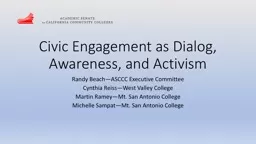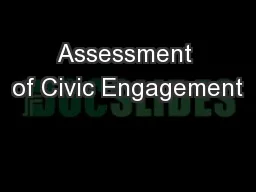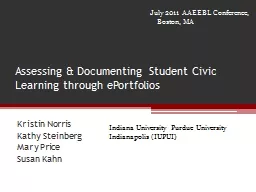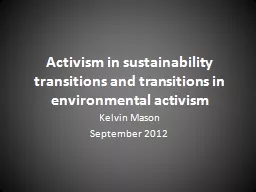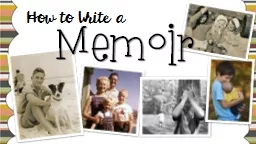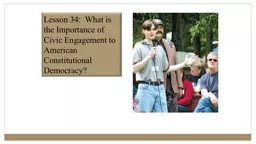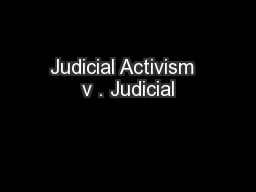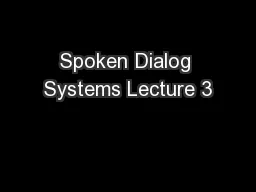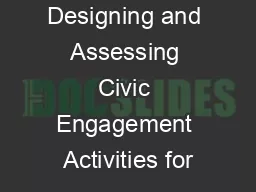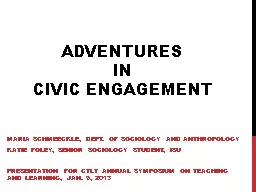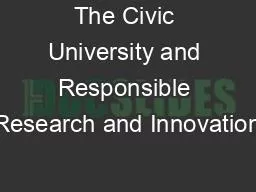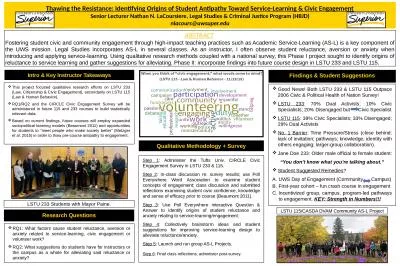PPT-Civic Engagement as Dialog, Awareness, and Activism
Author : calandra-battersby | Published Date : 2018-02-03
Randy BeachASCCC Executive Committee Cynthia Reiss West Valley College Martin RameyMt San Antonio College Michelle Sampat Mt San Antonio College Lets Talk Use index
Presentation Embed Code
Download Presentation
Download Presentation The PPT/PDF document "Civic Engagement as Dialog, Awareness, a..." is the property of its rightful owner. Permission is granted to download and print the materials on this website for personal, non-commercial use only, and to display it on your personal computer provided you do not modify the materials and that you retain all copyright notices contained in the materials. By downloading content from our website, you accept the terms of this agreement.
Civic Engagement as Dialog, Awareness, and Activism: Transcript
Download Rules Of Document
"Civic Engagement as Dialog, Awareness, and Activism"The content belongs to its owner. You may download and print it for personal use, without modification, and keep all copyright notices. By downloading, you agree to these terms.
Related Documents

